For perennial gardeners, some months of the year are slower, some faster, and some in between.
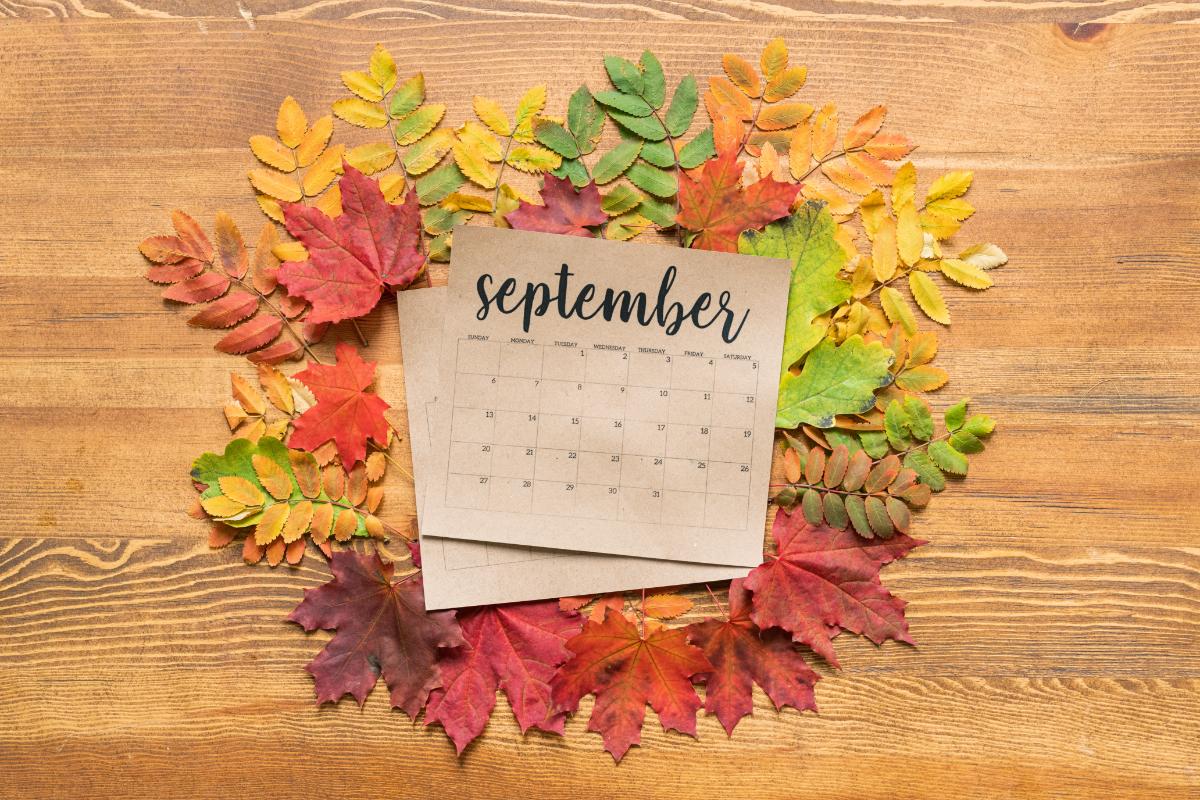
September is one of those months that falls somewhere in between.
As with any month of the year, there is always something we can do to better our perennial gardening adventure.
What to do in September?
Let’s start with this list of ten.
Jump to:
- Ten Top Tasks for Perennial Gardeners in September
- 1. Clean out spent stalks and flowers to let fall flowers shine
- 2. Watch for mold and mildew diseases
- 3. Strategize for fall garden cleanup
- 4. Stop pruning bushes, shrubs, and trees
- 5. Plant perennial ground covers (bonus points for edible types)
- 6. Propagate favorite perennials from cuttings
- 7. Shop the sales in September
- 8. Plant perennial fall plants in the ground (we’re looking at you, mums!)
- 9. Divide and conquer perennial plants
- 10. Take some perennial garden notes
- Winding Down and Appreciating Our Summer to Fall Gardens
Ten Top Tasks for Perennial Gardeners in September
1. Clean out spent stalks and flowers to let fall flowers shine
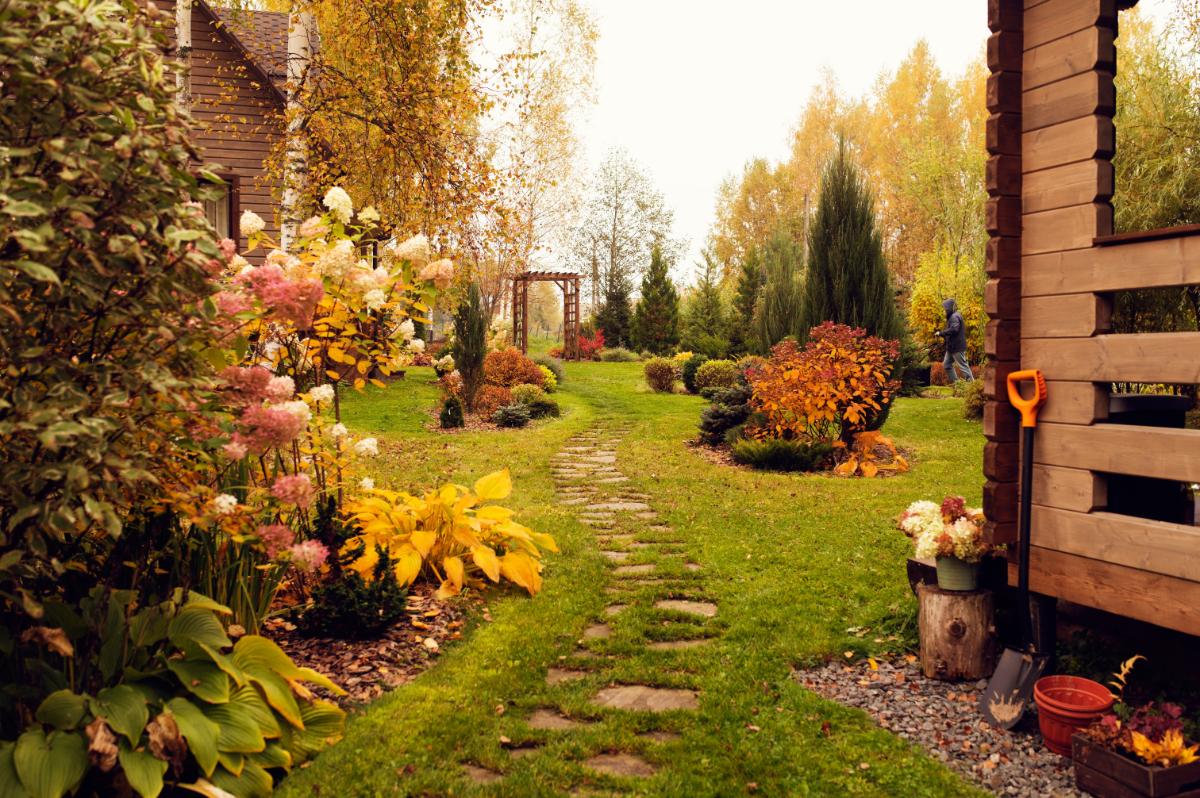
By the end of August summer gardens are looking pretty drab. Fall does give us one last round of beauty, though, if we take some time to keep things looking good.
Cut out the dead, dried stalks on flowers and perennials.
Leaving dried stalks at this time of year only makes a good bed look bad and detracts from the flowers and perennials that shine in the fall – and there are several!
Many people are deferring fall cleanups in deference to pollinator and wildlife habitats for the winter, but September is still early to worry about that.
Give a good cleanup in the early part of the month, let the rest of your perennials show off, and there will still be plenty to leave for overwintering pollinators and beneficial insects later on.
2. Watch for mold and mildew diseases
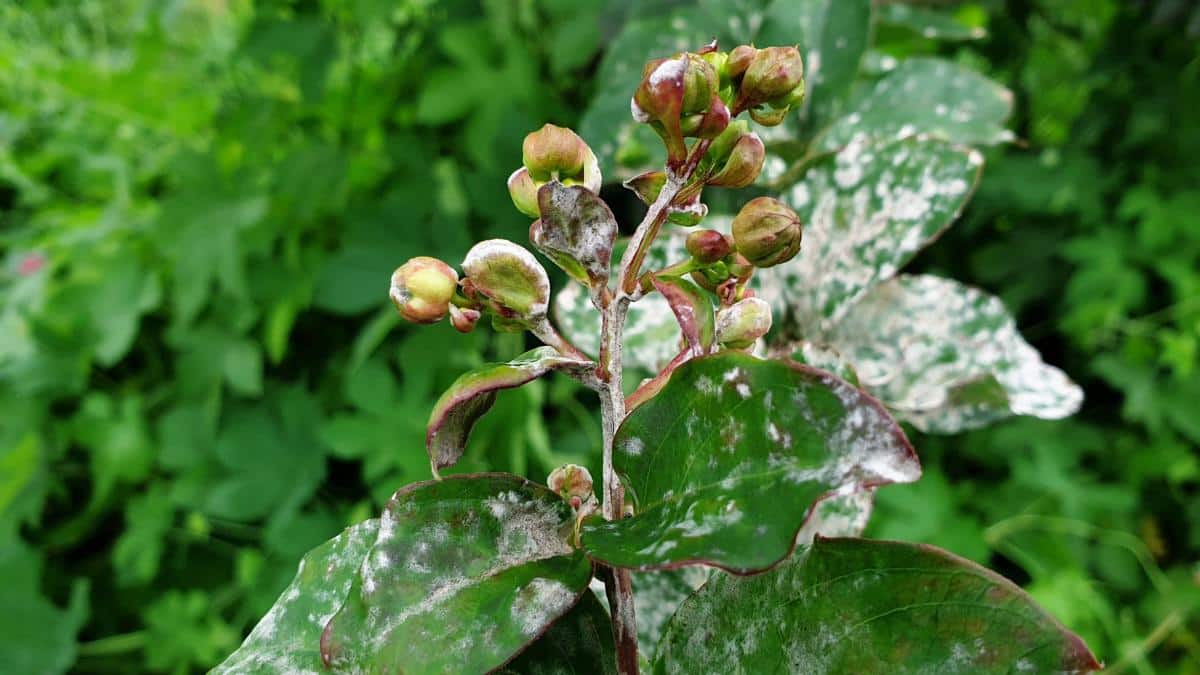
The cooler days and lessening sunlight (and the strength of it) make September prime time for powdery mildew and related conditions to set in.
Start your watch – and your treatment – early on, and you can get a handle on many of these issues before they become much of a problem.
3. Strategize for fall garden cleanup
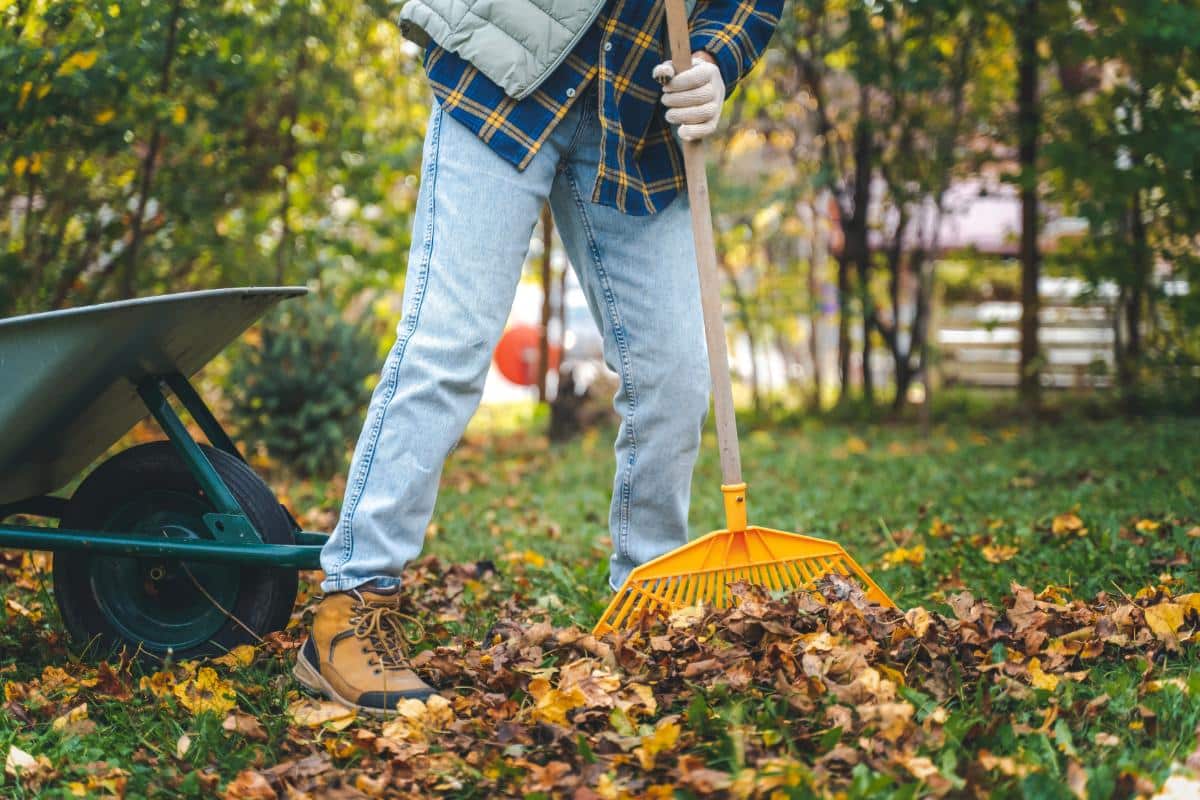
Put some thought in now to how you want to handle your fall garden maintenance and cleanup.
Are you one who wants to leave some mess for the birds, bugs, bees, and critters?
Are you one who can’t stand the look of a messy, uncleaned bed?
Give it some thought now so you can start planning when to start your fall cleanup (or not).
This will also give you some time to think about some alternative options – like chop-and-drop cleaning or pruning and tucking in the detritus to keep things tidy, but still provide that pollinator habitat we’re coming to care more and more about.
4. Stop pruning bushes, shrubs, and trees
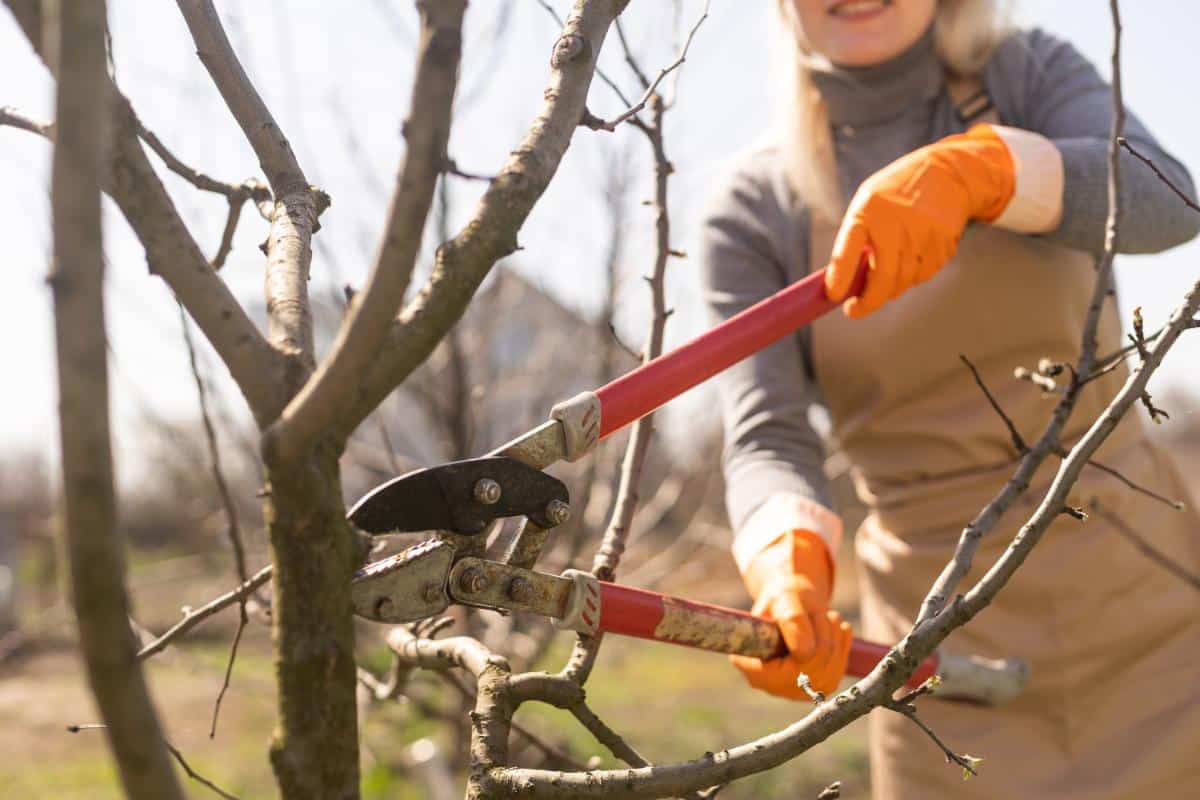
It’s best to stop pruning perennial trees, bushes, and shrubs after August until they are fully dormant.
The reason for this is that in the late summer and early fall, these plants need to put as much of their leaf canopy as possible to work photosynthesizing. This allows them to store up food for the longer winter ahead.
If you start cutting leaves, you start stripping away their ability to make food to store.
Late summer and fall pruning also sends the wrong signals to the plant. Plants will try to regrow where the foliage was lost, and instead of heading towards dormancy, they head into a growth phase instead.
New growth will not be hardened off enough and will become damaged in winter's cold.
Those plants will also send a lot of energy up to the wounded areas, which is a further diversion of resources that can weaken the plant and roots before it goes into winter.
5. Plant perennial ground covers (bonus points for edible types)
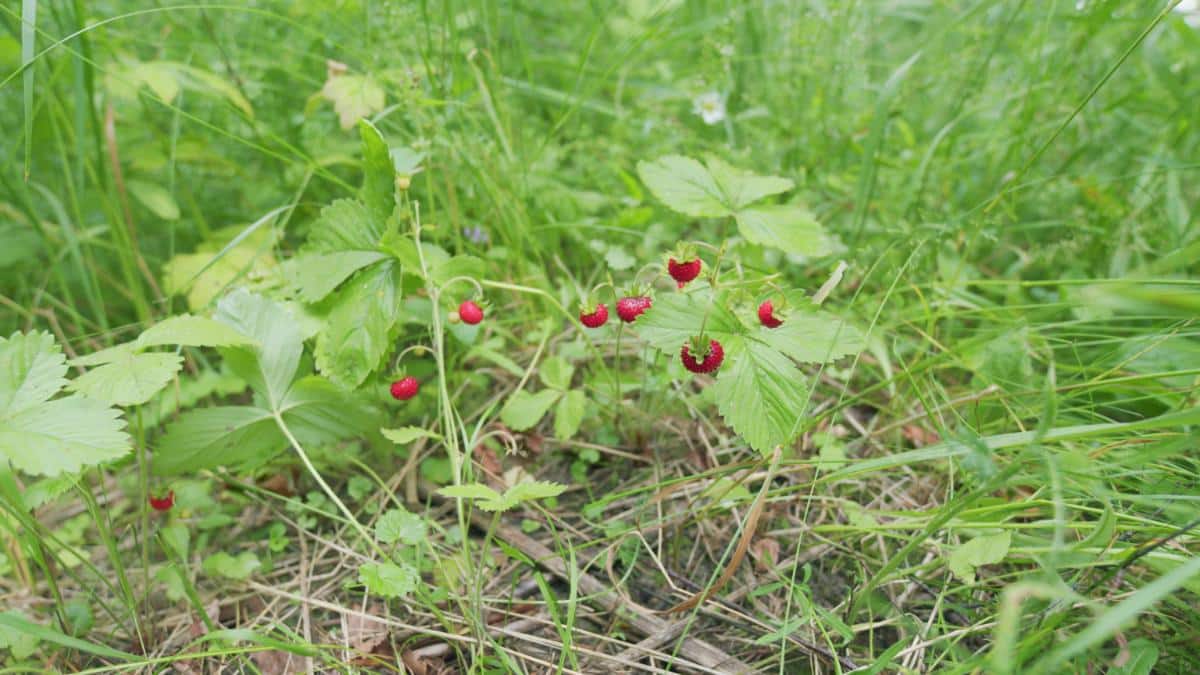
Fall is a great time to plant perennial ground covers. The cooler days let them establish and grow good roots, and they’re in place in the early spring to get the jump on weeds.
September will also give these ground covers several weeks left to start growing and dig in before winter.
Win, win for you, too – the cooler September days are a lot easier for you to work in comfortably!
Those plants will appreciate being able to establish without the stress of high heat and low moisture summer days. (And this usually means less watering for you, too!)
6. Propagate favorite perennials from cuttings
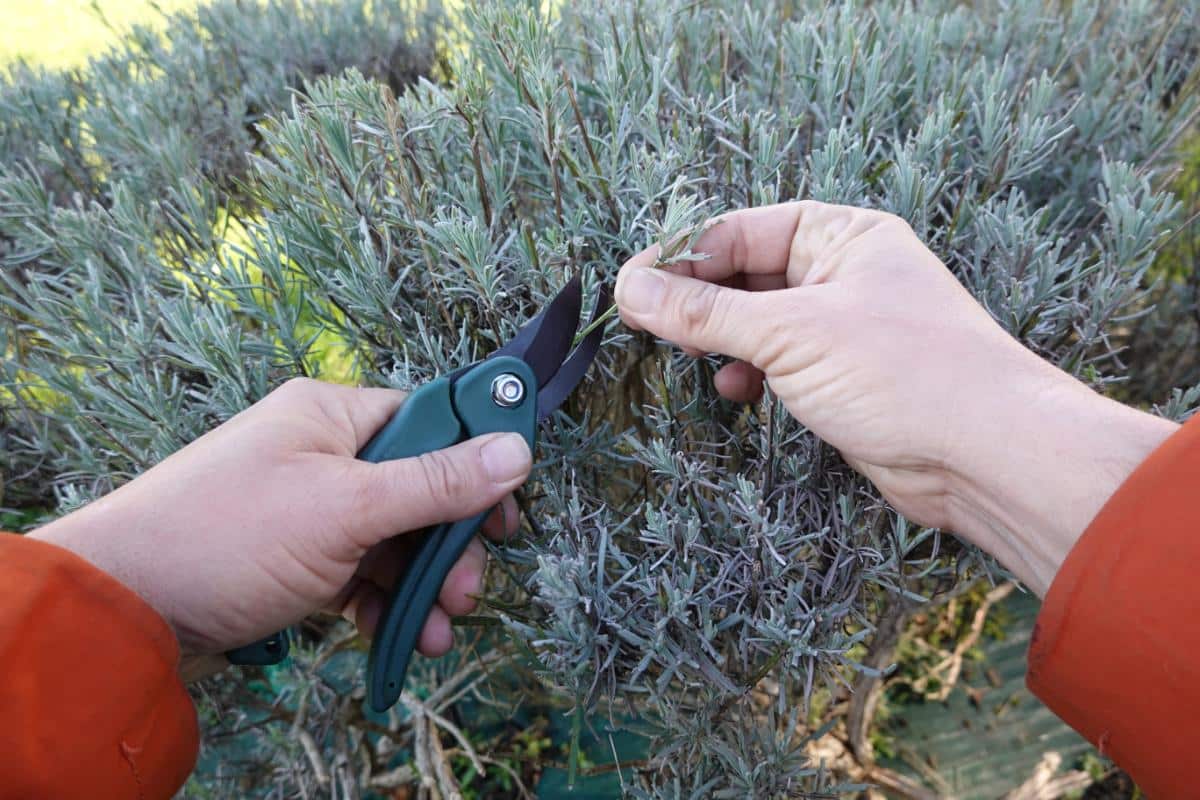
Start taking cuttings of your favorite plants to root and propagate for more. You can also take cuttings of many types of perennial herbs and outdoor plants to grow inside as houseplants (or edible herbs) over the winter.
Propagate now, and these plants should be in good shape to plant in the spring.
If they get adequate root growth and you harden them off, you can even put them in the ground later in the fall while the soil is still workable. Then, they’ll be set to take off in the spring!
7. Shop the sales in September
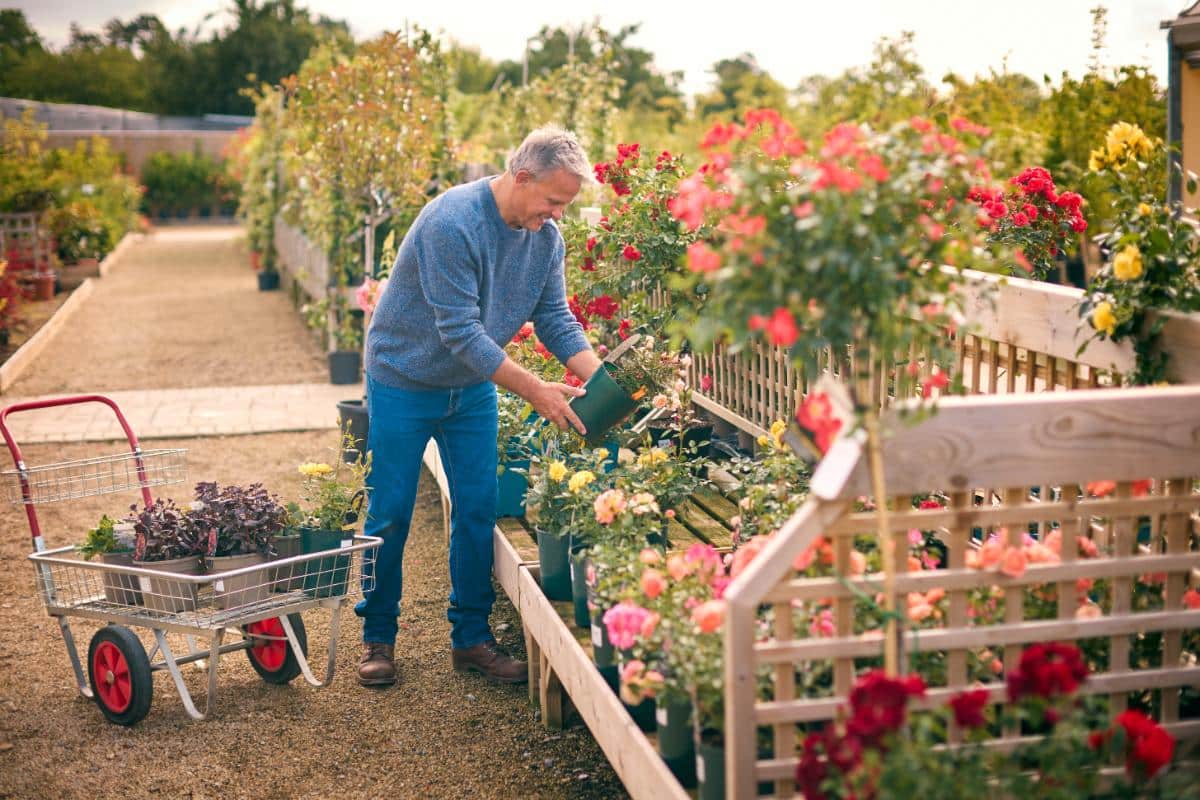
This is the time of year when stores start clearing out the lingering summer perennials. Some may not look so hot and might be showing the signs of staying too long in their pots, but once they’re in the ground, they’ll bounce back (or, for some, once they come back to life in the spring).
Remember, it’s not too late to plant perennials, and fall is actually a great time for planting!
8. Plant perennial fall plants in the ground (we’re looking at you, mums!)
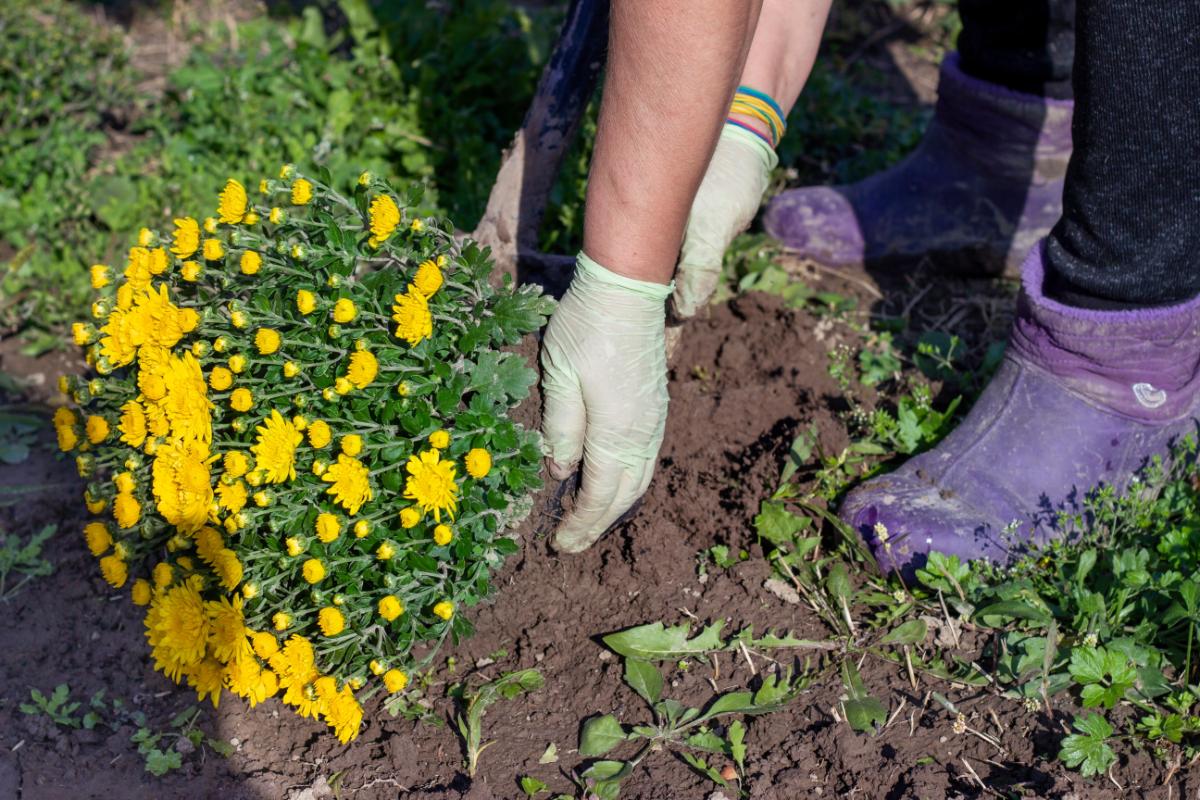
Rather than rely on containers and pots of fall perennials, and rather than treating those perennials like annuals and wasting all that money (and good plant material!), plant your fall perennials in the ground instead.
Specifically, we’re talking about the popular fall mums, but the same holds true for other fall perennials.
Planting in the ground gives you an opportunity to spruce up spent spaces. It makes maintaining and watering those mums and fall plants easier, too – much less frequent!
9. Divide and conquer perennial plants

Fall is one of the best times to divide perennial plants. You can divide perennials at any time of the year if you’re willing to go the extra mile (especially for summer plants), but there are a lot of benefits to dividing, moving, and replanting perennials in the fall.
September is a great time for this, and for all the same reasons, it's a great time for fall planting of pretty much any perennial.
There is time for the plants to set roots and establish, the days are cooler and moister, and the work will be much easier on you due to the cooler work days, too.
10. Take some perennial garden notes

As the summer winds down and moves into fall, those days are always a good time for reflection and some garden journaling.
We always think we will remember what went on, what we liked in the garden, what we hated, and what was easy or what we struggled with.
But we don’t.
Get you a simple garden journal. It can be something pretty, or it can be as simple as a back-to-school spiral notebook. Jot down your thoughts and feelings about how your perennial gardening year went.
Take note of what you want to change or work on in the future. Set yourself some sights and goals.
Next spring’s future, you will thank you for it!
Winding Down and Appreciating Our Summer to Fall Gardens
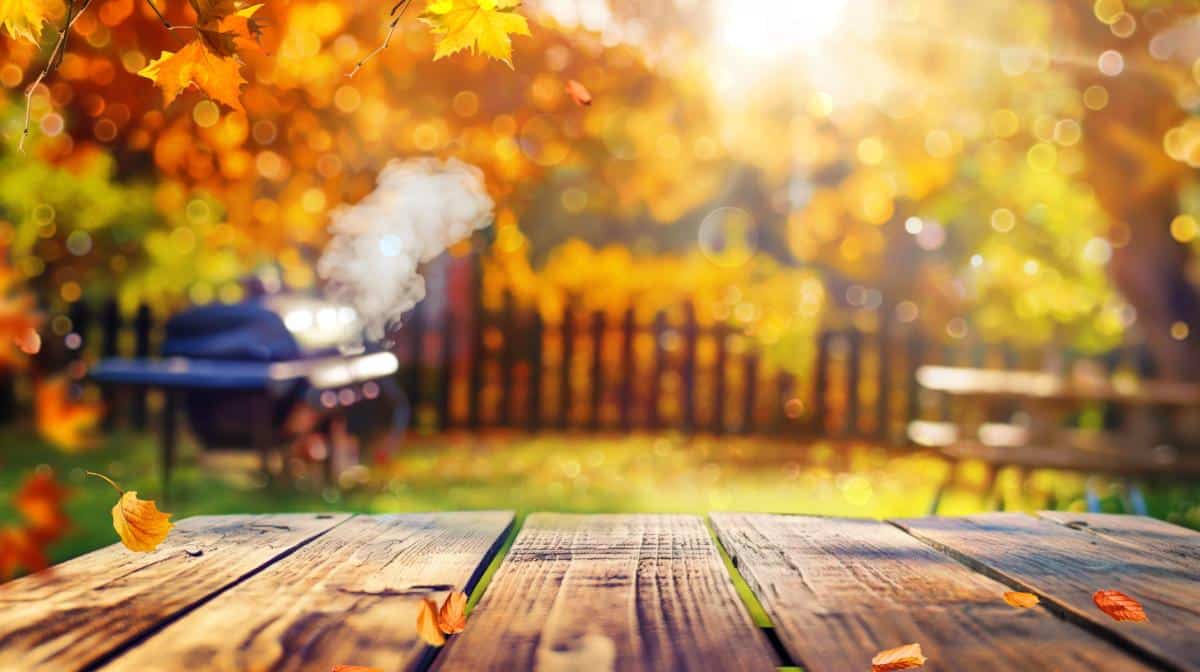
September is a month of transition. It starts warm and summery and ends in crisp, cool nights that come earlier than we want them to.
There is a relaxation and sense of calm and accomplishment, of enjoyment and appreciation.
Take a moment to enjoy the final feel of your summer garden as it morphs into one of fewer demands and rest. And get ready to enjoy the new feeling and motivation that is fall in the perennial garden!

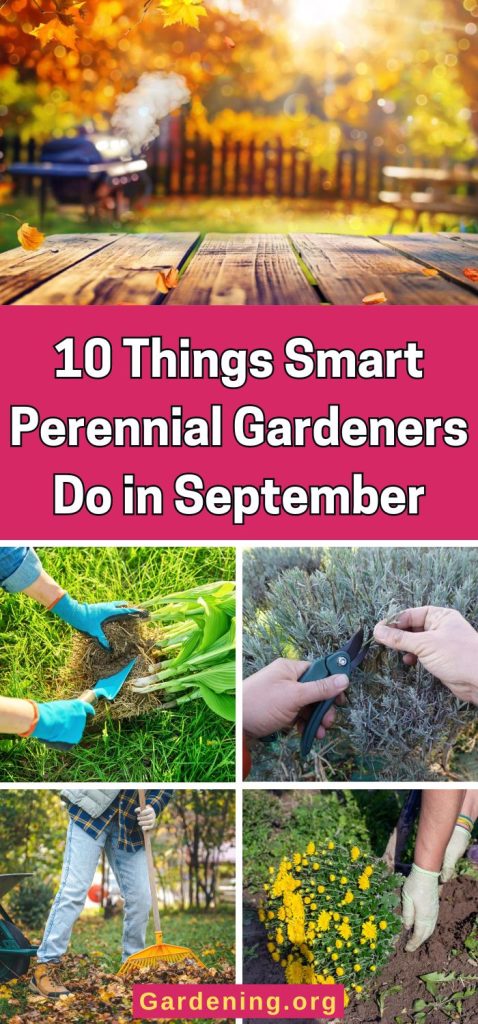
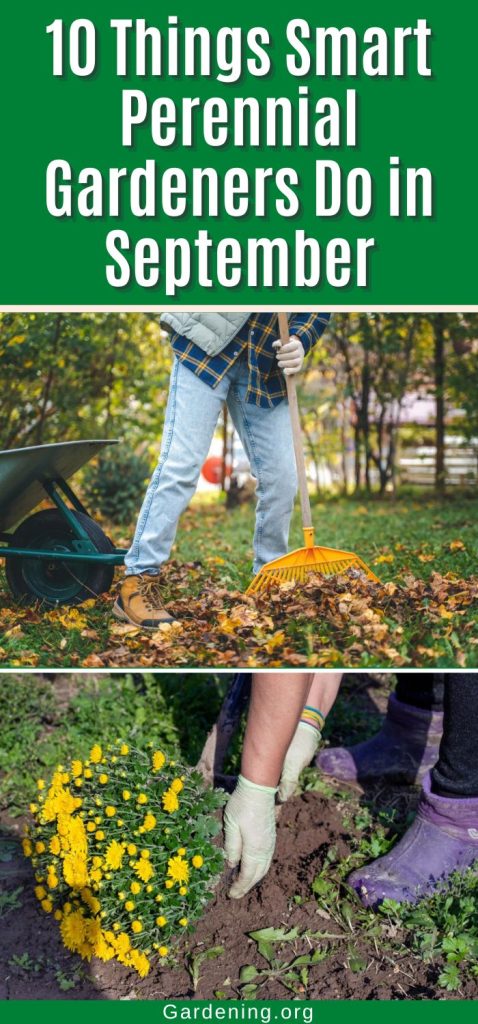
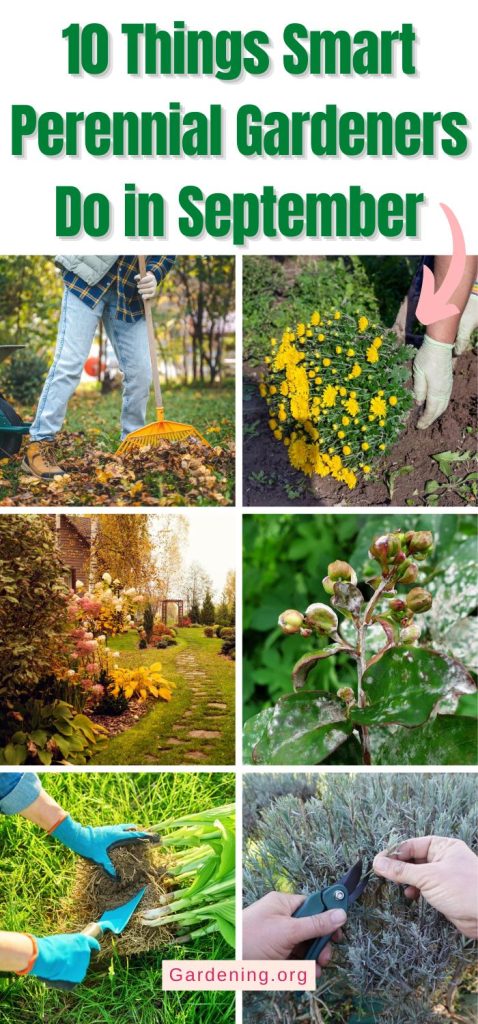
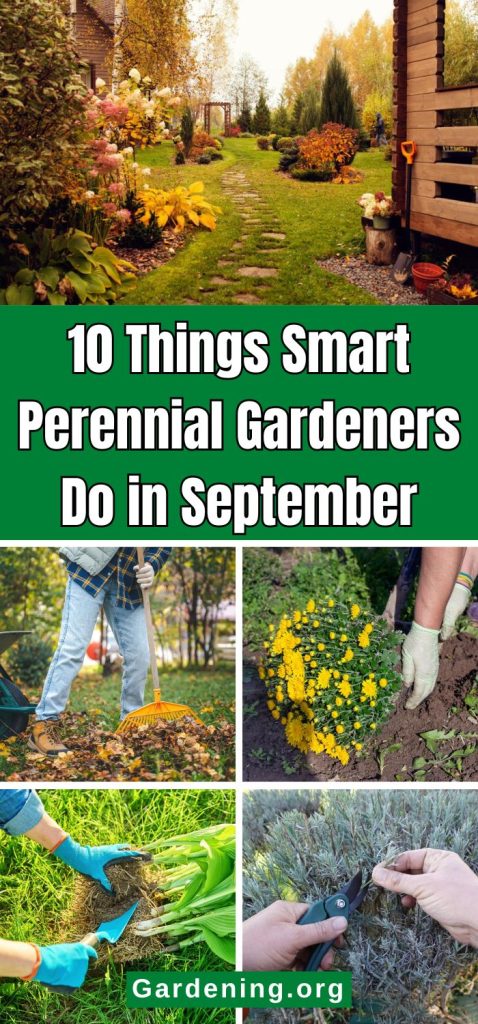
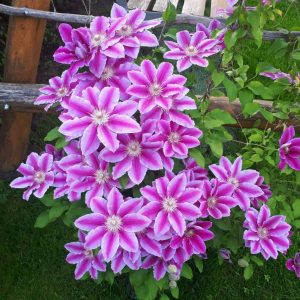
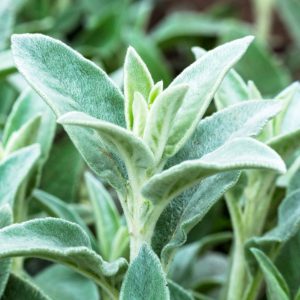


Leave a Reply